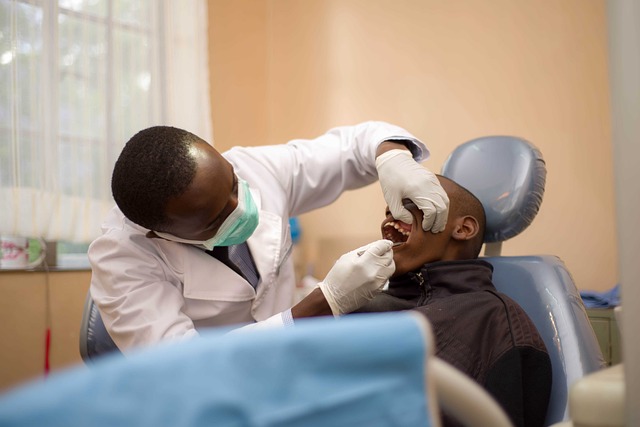An interesting article titled “RELATIONSHIP BETWEEN TYPES OF INFORMATION, DENTAL ANXIETY AND POST-OPERATIVE PAIN FOLLOWING THIRD MOLAR SURGERY, A RANDOMISED STUDY” appears in the Journal of Oral and Maxillofacial Surgery written by Ayodele Gbenga Akomolafe and et. al. (published online Nov. 1 2022). The article sought to determine the relationship between information types, dental anxiety and post-operative pain after lower wisdom teeth removal.
In the article the researchers recruited 90 patients between the ages of 18 and 35 who had wisdom teeth extracted with local anesthesia. The patients were randomly divided online using a randomization software into to groups based on the method of information they received about the extraction: verbal or audiovisual. The information given included details about the surgery, information about surgical site closure with suture material and possible complications of extraction. Those in the verbal group were given information about the surgical procedures, while those in the audiovisual group were shown a 5-minute real-life surgical video of the surgical procedure. This video started with injection of local anaesthetic agent, then incision, elevation of full thickness flap, then bone removal with bur, extraction of tooth and finally suturing of flap.
The principal researcher of the study administered the study questionnaires (State-Trait anxiety inventory (STAI-S) and Modified Dental Anxiety Scale (MDAS) for all the patients in the waiting room before, on the dental chair, and after the surgery. A baseline measurement of pain was also taken for all the patients in the study. All patients had the wisdom teeth surgery performed with local anaesthetic solution containing 2% lidocaine with epinephrine in 1:100,000 to anaesthetize the inferior alveolar, lingual and long buccal nerves. Osteotomy plus elevation and forceps extraction was the most common way to extract wisdom teeth and was given to 31 patients in the information group and 30 patients in the audiovisual group.

Regarding pain the highest pain score was recorded 1 day after the surgery for both groups and the pain scorces descreased after 3 days and 7 days. There was no significant difference in any pain scores 1 day, 3 days, and 7 days after surgery. The researchers found that the anxiety levels of patients in the verbal group decreased after information was provided but those in the audiovisual group had an increase in anxiety levels. The difference in both the average anxiety levels measured by the STAI-S score and MDAS was statistically significant. The anxiety scores decreased 1 day after surgery along with 3 days and 7 days after surgery but there was not any signficant difference between the two groups.
The authors state
“…it can be inferred that the information provided to the patients in the verbal group had a relieving effect on their anxiety level after verbal explanation of both procedural and post-operative information…This study showed that there was increase in anxiety of patients in the audiovisual group pre-operatively.”
The authors feel that their results that showed verbal information reducing patients anxiety is consistent with other study findings. Further, the authors feel that their results showed that watching a movie about wisdom teeth removal resulted in increased anxiety and pain after surgery. The authors feel that their results of less pain following the surgery can be attributed to improved adjustment and coping, and reduced anxiety.
The authors also state
“The present study demonstrated that providing information about the operative procedure and postsurgical recovery may improve the patients’ knowledge of the surgical procedure and might have reduced their uncertainty about the procedure.”
The authors mention some limitations of the study that includes a subjective measurement of anxiety and that the authors did not get the specific item for the audiovisual group in the video that heightened their anxiety level.
